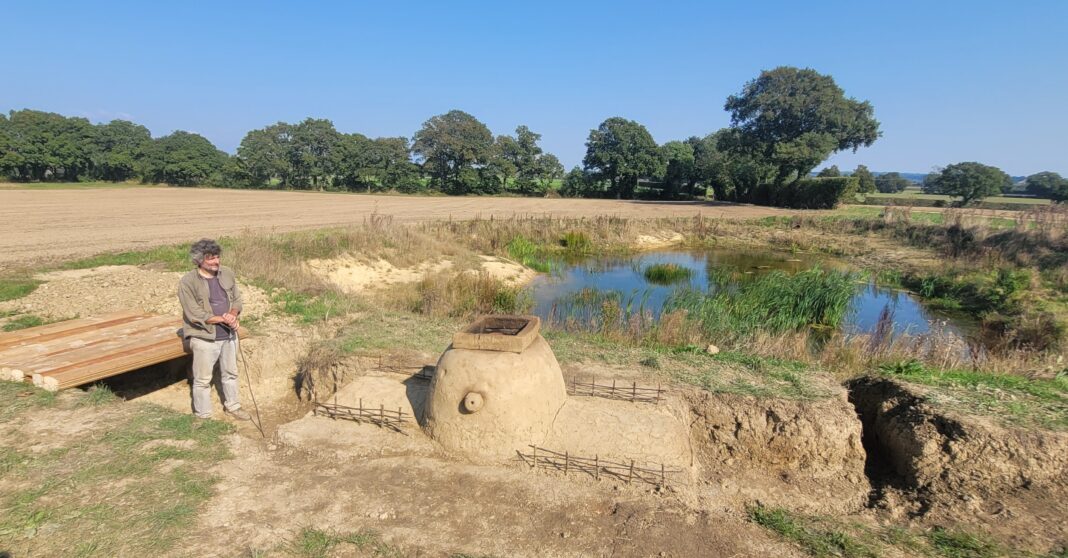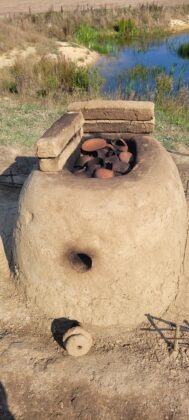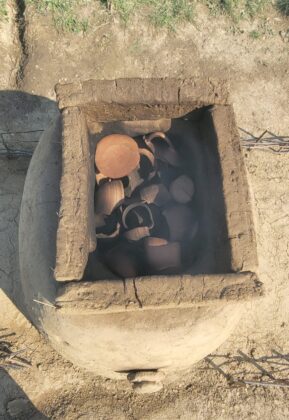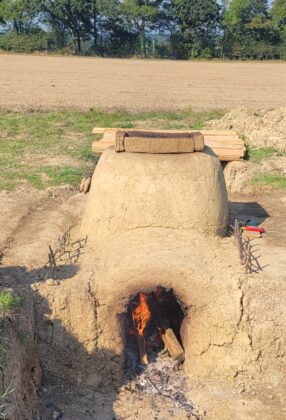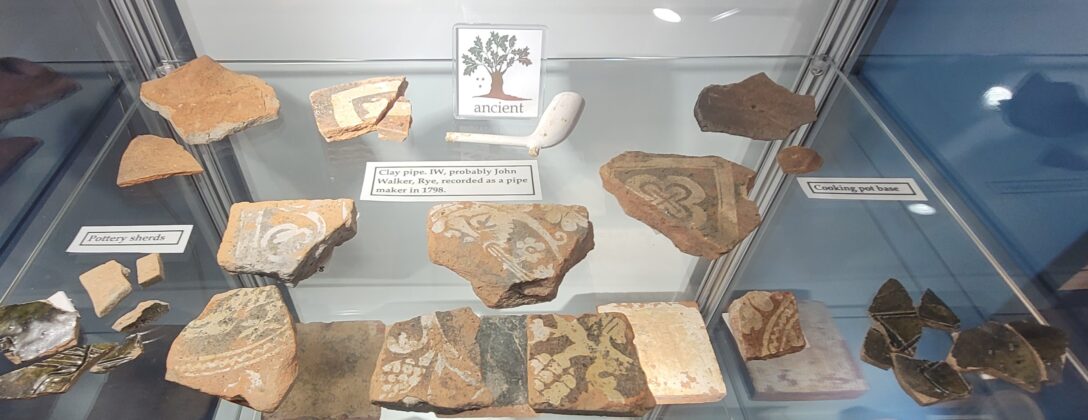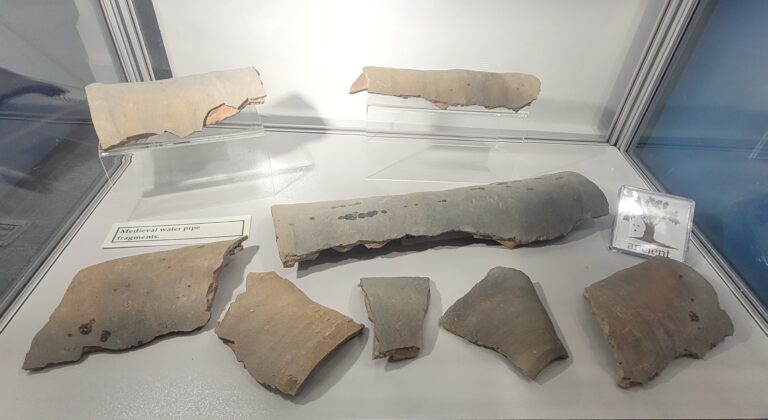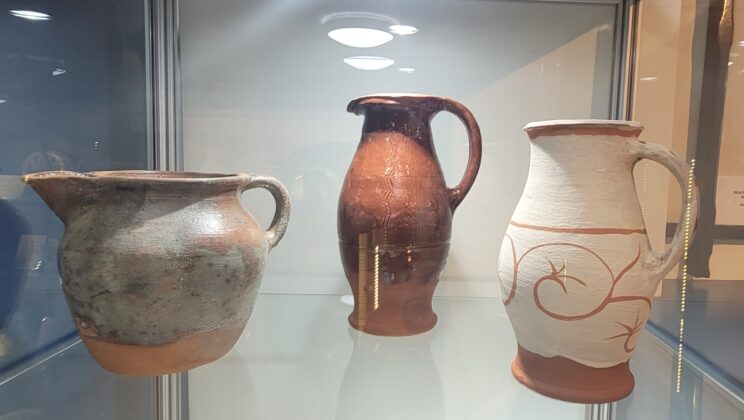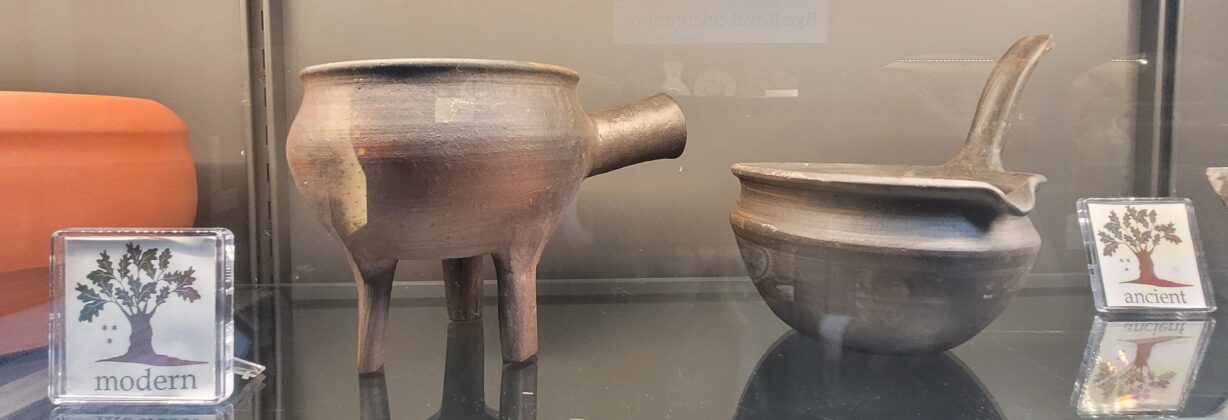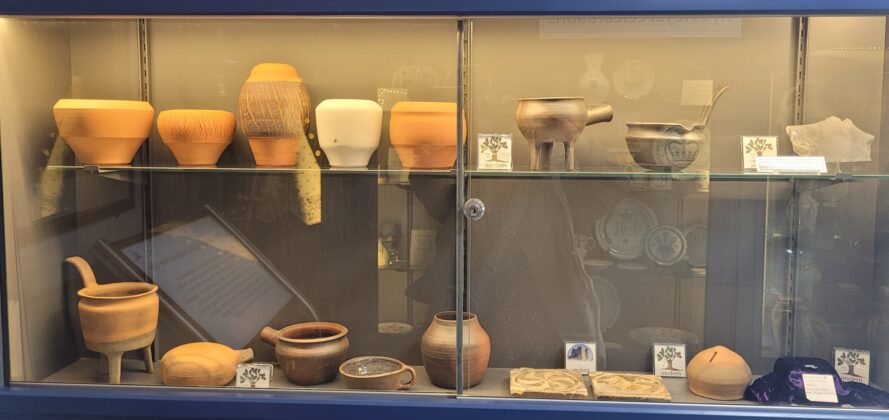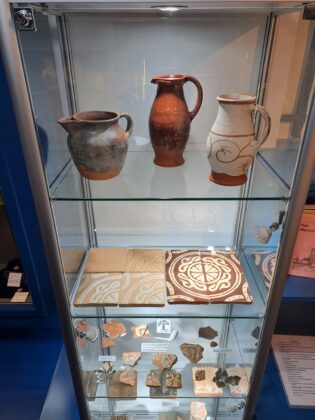In an exciting development Rye Museum has collaborated with the Lossenham Priory archaeological project near Newenden, working with the team that has been excavating and researching medieval pottery, and displaying their finds in the museum.
The Lossenham Project is a community landscape research project which began in 2020, centred around Lossenham Farm near Newenden. Excavations have revealed evidence of human activity from the Mesolithic with the discovery of worked flints, and pottery fragments from the Iron Age and early Roman periods as well as uncovering an Iron Age bloomery which produced iron in around 300 BC.
In 1243 a Carmelite priory of St Mary was founded by Sir Thomas Aucher, the Lord of Lossenham, with a prior and small group of friars. In 1275 the priory was destroyed by fire but was rebuilt and occupied until the Dissolution of the Monasteries in 1538.
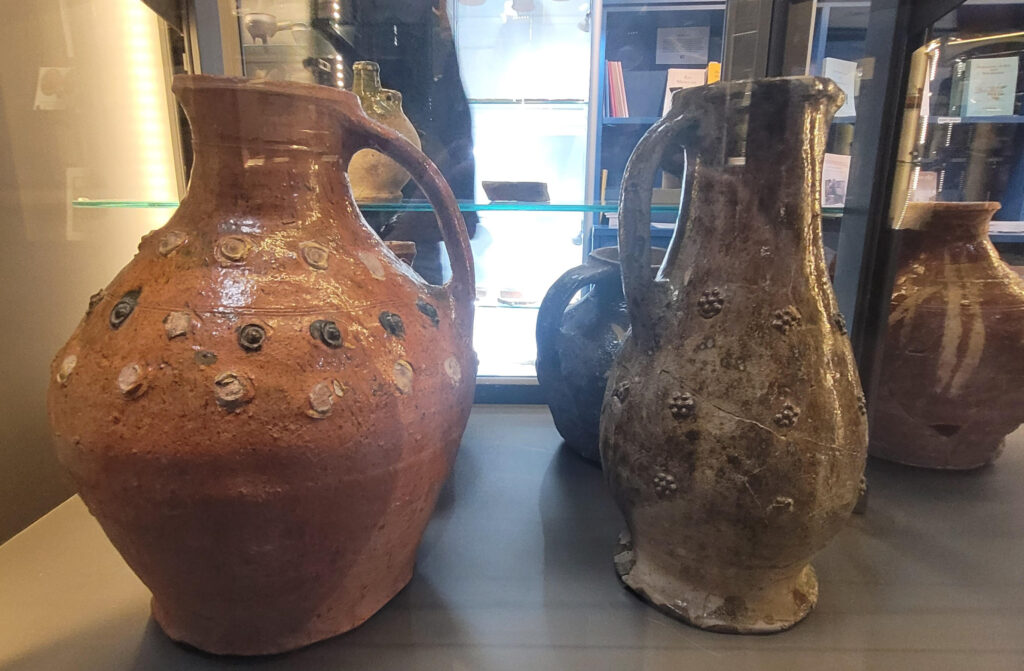
The Lossenham Pottery Project visited Rye Museum to examine its medieval pots on display in East Street. These were found during the 1931-33 excavations of the site of St Bartholomew’s Leper hospital on Rye Hill where four kilns and pottery including floor tiles, pots, jugs and bowls were uncovered.
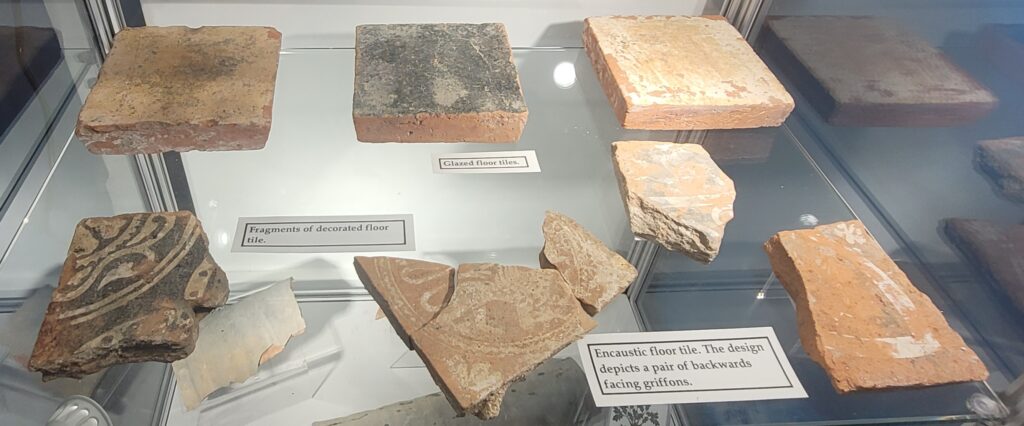
Recent finds at Lossenham include decorated and glazed medieval floor tiles including one design showing a pair of mythical griffons, like those found in the kilns of Rye, and it is likely that many of Lossenham’s floor tiles were made in Rye.
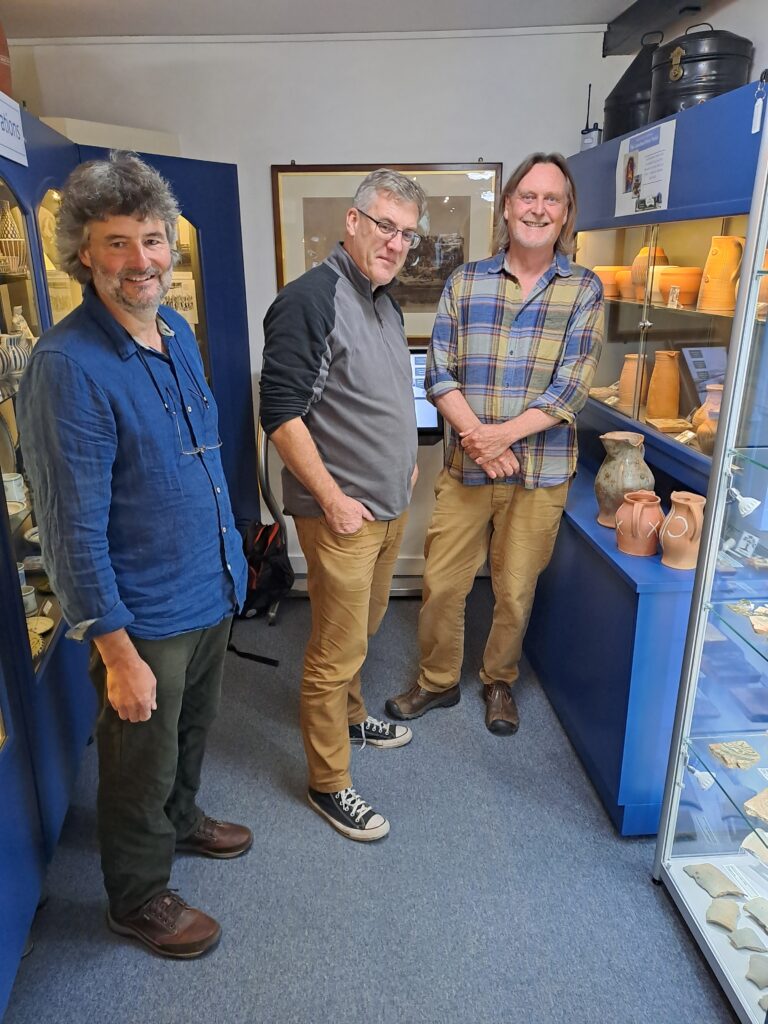
In a recent fascinating talk at the museum, archaeologist Andrew Richardson, artist-in residence Russell Burden and Philip Warren of the Lossenham Pottery Project explained the vision behind the pottery project: to find which local clays were workable to make pots; to use archaeological finds to understand the techniques used to make pots; and to fire them in a wood-fired, medieval-style kiln built from water, hay, sand and clay from the surrounding landscape.
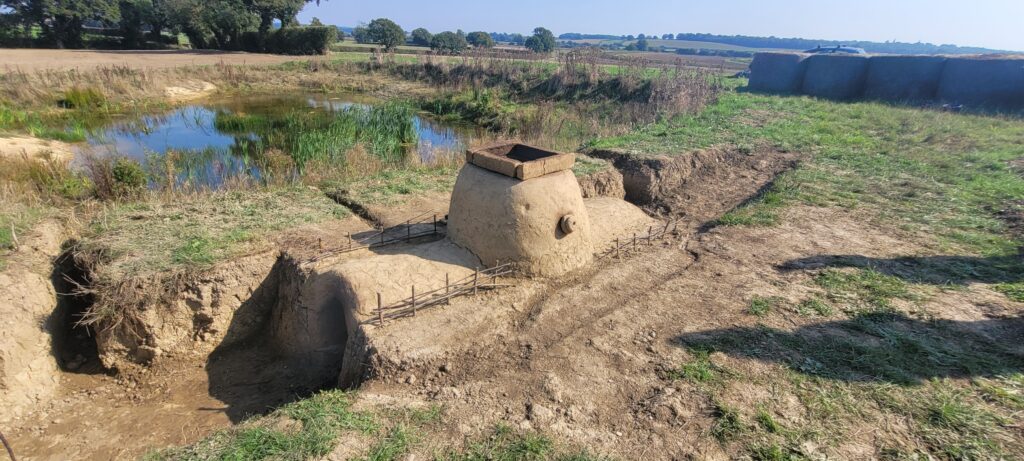
The kiln has a raised central dome for housing the pots with a firebox on each end. The double firebox design gives more heat, evenly distributed on both sides and enables firing for longer as ash from one firebox can be cleaned while the other side remains lit. The heat from the firebox is drawn up into the central domed part to fire the pots and the hole at the top covered in scrap pottery to keep the heat in.
The finished pots, successfully fired, were brought along to the talk and the museum now has some on display, along with finds from the project.
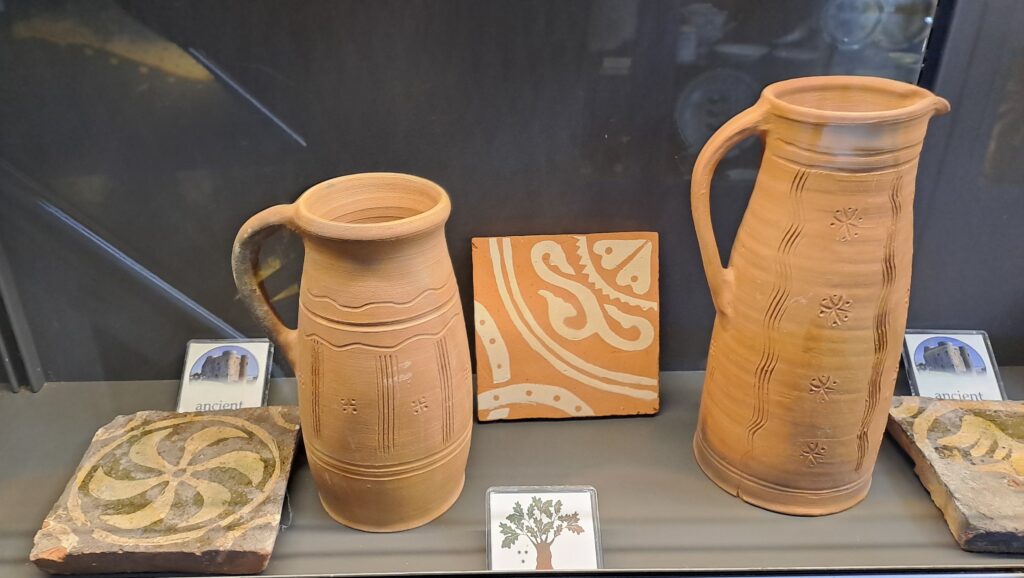
The museum is thrilled to be able to display these items in display cases bought with the generous support of the Lossenham Pottery Project which has also enabled them to purchase an interactive screen giving information about the project.
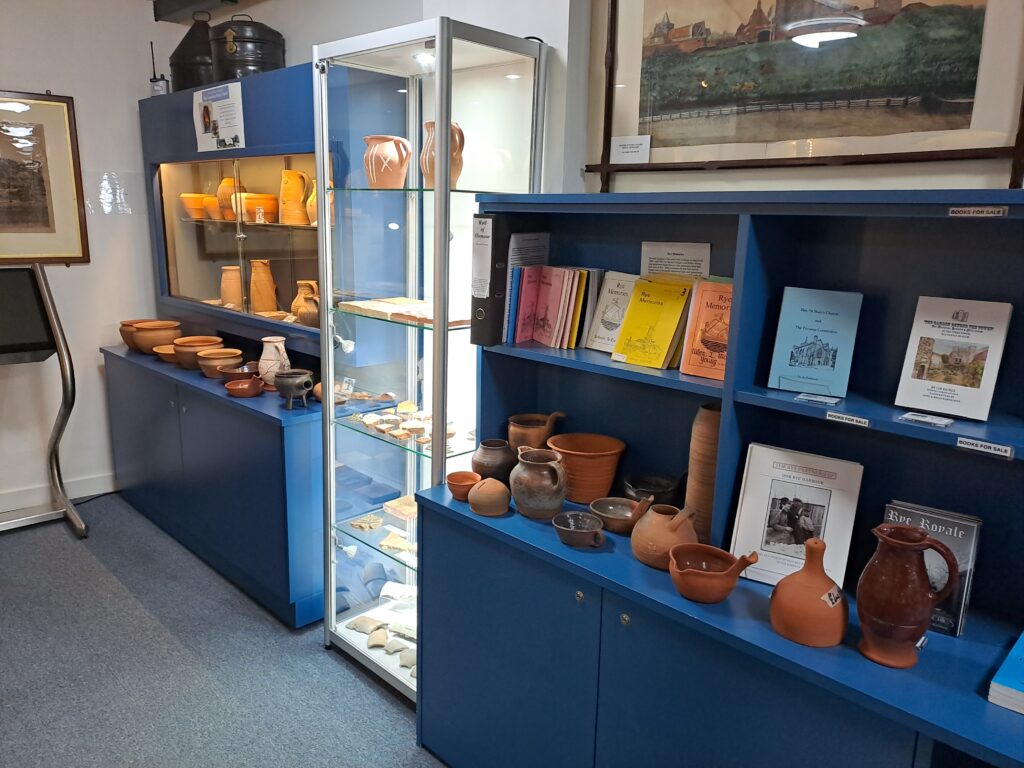
The East Street site of Rye Castle Museum, normally open only at weekends, was able to open throughout the two weeks of the Rye Arts Festival. It will remain open at weekends until the end of October. The Castle at Ypres Tower is open all year round.
Image Credits: Juliet Duff , Stephen Masters .



